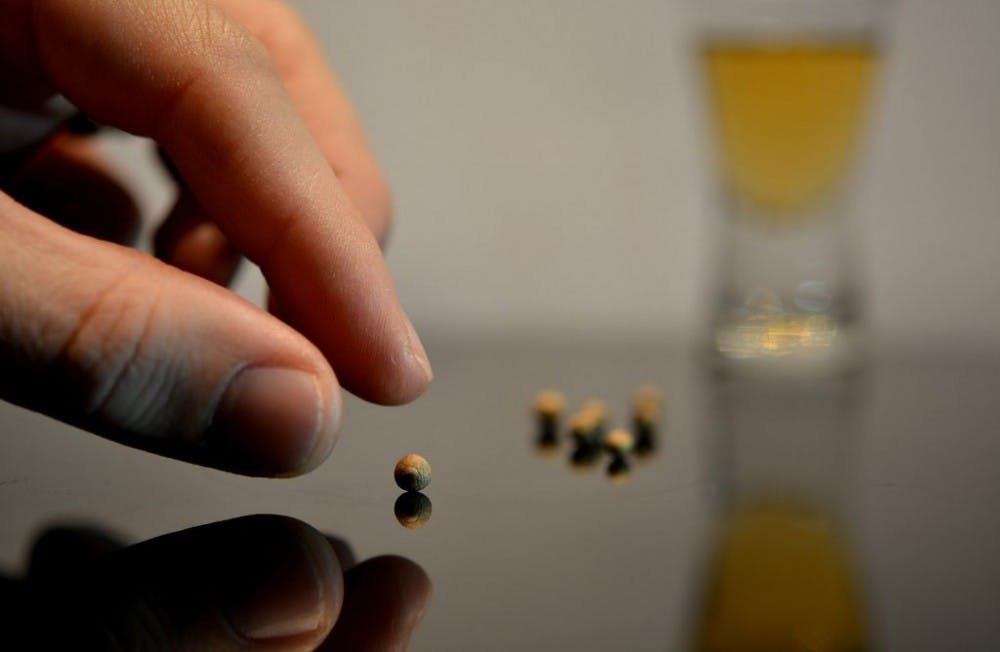The placebo effect, a phenomenon that occurs when a fake treatment results in a significant reduction in pain, is a commonly observed effect in pain treatment trials, especially for those who suffer from chronic pain.
Even though our understanding of the placebo response is extensively studied through controlled experimental settings, it is poorly understood in clinical settings and often merely used for statistical purposes.
Researchers affiliated with Northwestern University and the Rehabilitation Institution of Chicago (RIC) published an article in PLOS Biology on Oct. 27 that identified the area of the brain that could be responsible for the placebo effect. For the first time, they examined if placebo responses were predictable for patients with osteoarthritis pain.
“Given the enormous societal toll of chronic pain, being able to predict placebo responders in a chronic pain population could both help the design of personalized medicine and enhance the success of clinical trials,” Marwan Baliki, research scientist at RIC and an assistant professor of physical medicine and rehabilitation at the Northwestern University Feinberg School of Medicine, said in a press release.
Lead author Pascal Tétreault and his group hypothesized that brain regional network information sharing (function connectivity) correlates with placebo responses.
In the first part of the study, all patients received only placebo pills and the researchers compared their fMRI results from before and after the treatment. Their results showed that the right midfrontal gyrus (r-MHG) exhibited the highest connectivity among all the brain regions. The researchers also developed a mathematical model to predict the magnitude of pain relief from the degree of r-MHG connectivity.
The researchers found from a collection of previous studies that r-MHG activity is associated with decision making, memory and planning. This finding supports their belief that placebo response involves previous experience.
The goal of a second part of the study was to verify the results from the first. However, the patients in this trial were randomized with placebo and active drug (duloxetine) treatments. Their results demonstrated that the magnitude of pain relief did not differ significantly between the placebo and active drug over the course of a three-month treatment.
More importantly, the r-MHG connectivity for the patients who received placebo pills was found to be significantly higher than the r-MHG connectivity in those who received duloxetine.
From the results of the second study, one might conclude that the duloxetine is not any better than the placebo pill in reducing pain and that the responders to duloxetine should have a higher r-MHG connectivity than the non-responders.
Yet the degree of r-MHG connectivity did not predict whether the active drug enhanced or lowered the placebo response. This reveals that the active treatment and placebo treatment outcomes could be different at the brain circuitry level.
From these findings, the authors conclude that the placebo effect may be predicted in certain individuals based on brain biology and that brain imagery could also identify a placebo-corrected prediction to active treatment.
The use of drugs in treating pain is a trial and error process, with the physician trying to figure out the correct dosage or most effective drug.
“The new technology will allow physicians to see what part of the brain is activated during an individual’s pain and choose the specific drug to target this spot,” Apkar Apkarian, one of the authors of the paper, said in a press release.
Tétreault and his group’s research sheds light on the possibility to create more personalized treatments, decrease exposure to ineffective therapies and potentially lead to more accurate and precise clinical trials in the future.
















Please note All comments are eligible for publication in The News-Letter.